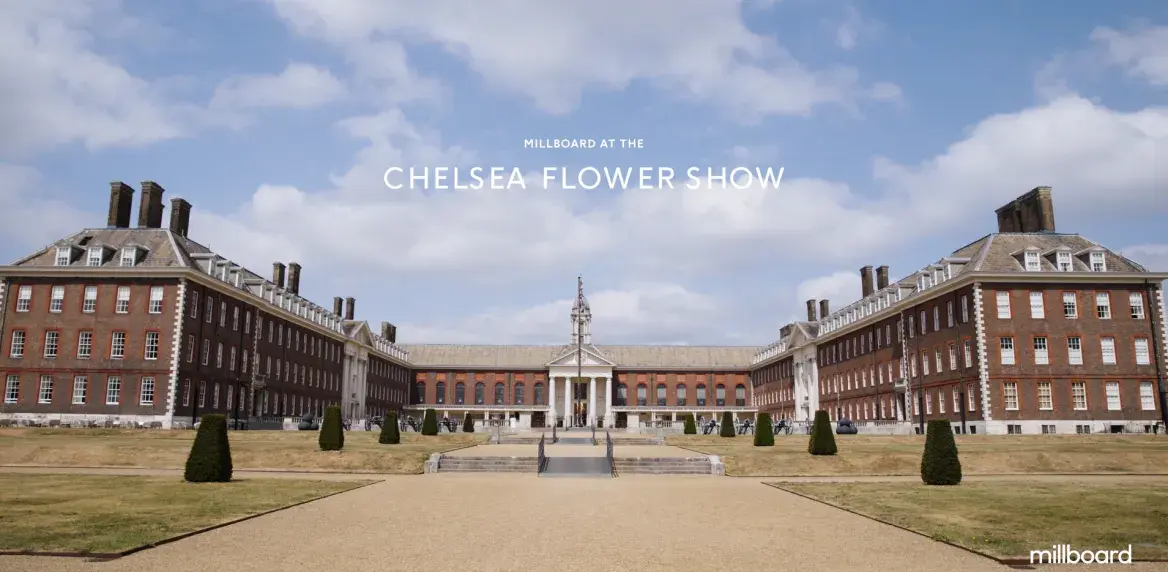Live. Life. Outside. Blog
Catch up with Millboard’s latest activities, news and opinions in our regular blog updates.
.jpg?crop=yes&k=c&w=1168&h=572&itok=1dFyxYk_)
Advice & Inspiration
07 01 2025
From Pools to Patios
.jpg?crop=yes&k=c&w=1168&h=572&itok=tetveg3z)
Advice & Inspiration
06 19 2025
The Complete Solution: More Than Just Decking or Siding

Advice & Inspiration
06 13 2025
The Beauty of Natural Wood, Perfected

Advice & Inspiration
06 11 2025
Millboard at The Glasshouse Collective

Advice & Inspiration
06 09 2025
Modello wins ‘Best Garden Landscaping’ at the Ideal Home Awards 2025
Find your inspiration
Discover more ways to Live. Life. Outside. now







